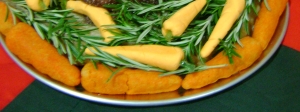This fortnight, for the “Foreign Foods” challenge, I decided to face down a nemesis of mine, quince paste. You know those recipes that you just can’t get right? A couple of years ago I tried to make apricot paste but no matter how many hours I cooked it, it just never seemed the right consistency. I had a similar problem with quince jelly, which is supposed to turn a beautiful rosy colour during the cooking process, but stayed resolutely yellow for me. So, of course, I chose to combine the two failures and try my hand at quince paste.

A round of quince paste (set in a ramekin) served with cheese.
The ancestor of modern marmalade, people have been preserving quinces for a very long time. The Greeks and Romans packed them tightly into honey to make melomeli or cooked it down to a paste with honey and pepper, often recommending them as treatments for complaints of the stomach[1]. If you want to try a Roman version, here are two options offered by Palladius:
Of Cydonites – Having thrown away the external coat, you will cut the quince-apples into very narrow and thin pieces, and you will throw aside the core. You will then boil them with honey, until they are reduced to half the quantity, and you will sprinkle some small pepper over them when they are boiling. Another way: you will mix two sextarii of the juice of quince, one sextarius and a half of vinegar, and two sextarii of honey, and you will boil it until the mixture resembles the consistency of pure honey. You will then take care to mix it with two ounces of pepper and zinziber.[2] [Anne Wilson translates zinziber as ginger[3]]
Recipes from the 14th and 15th centuries continue to see quinces as beneficial for the stomach, and to use honey rather than sugar as the sweetener, although by the mid 1400’s some recipes for chardequince were offering the choice:
Chared coneys or chardwardon. Take a quarter of clarefied hony, iij. vnces of pouder peper, and putte bothe to-gidre; then toke 30 coynes & x wardones, and pare hem, and drawe oute þe corkes at eyther ende, and setℏ hem in goode wort til þey be soft. then bray hem in a morter; if they ben thik, putte a lituƚƚ wyne to hem, and drawe hem thorgℏ a streynour; And þen put þe hony and þat to-gidre, then sette al on the fire, and lete setℏ awhile til hit wex thikke, but sterre it weƚƚ with ij. sturrers for sitting to; And þen take it downe, and put þere-to a quarter of an vnce of pouder ginger, And so moche of galingale, And so moche of pouder Caneƚƚ, And lete it cole; then put hit in a box, And strawe pouder ginger and caneƚƚ there-on: And hit is comfortable for a mannys body, And namelyfore the Stomak. And if thou lust to make it white, leue the hony, And take so moch sugur, or take part of þe one and part of þe oþer/ Also in this forme thou may make chard wardon.[4]
The recipes, in keeping with general trends in medieval cooking, have also become much more heavily spiced. The one above contains wine, pepper, cinnamon, ginger and galangal. Similar pastes could be made of apples or pears such as Wardens. By the 16th century the quince paste, generally called cotignac, had become even thicker and could be spiced with musk. In the recipe below, from 1597, it was turned onto a table, carefully dried in the sun and covered in sugar.
To make a condonack: Take quinces and pare them, take out the cores, and seethe them in fair water until they break, then strain them through a fine strainer, and for eight pound of the said strained quince, you must put in three pound sugar, and mingle it together in a vessel, and boil them on a fire always stirring it till it be sodden which you may perceive, for that it will no longer cleave to the vessel, but you may stay musk in powder, you may also add spice to it, as ginger, cinnamon, cloves and nutmeg, as much as you think meet, boiling the musk with a little vinegar, then with a broad slice of wood spread this confection upon a table, which must be strewed with sugar, and there make what proportion you will, and let it in the sun till it be dry, and when it hath stood a while turn it upside-down, making always a bed of sugar, both under and above, and turn them still, and dry them in the sun until they have gotten a crust. In like manner you may dress pears, peaches, damsons, and other fruits.[5]
![Georg Flegel, Still-life with Parrot, c. 1630. Georg Flegel [Public domain], via Wikimedia Commons. The round box at the front of the painting contains a dark fruit paste.](https://turnspitandtable.files.wordpress.com/2014/07/flegel_georg_-_still-life_with_parrot-c-1630.jpg?w=800&resize=700%2C788)
Georg Flegel, Still-life with Parrot, c. 1630. Georg Flegel [Public domain], via Wikimedia Commons. The round box at the front of the painting contains a dark fruit paste, it could easily be quince.
At the same time however, Portuguese traders were bringing flattish wooden boxes of quince paste called
marmelada to England where it was given as a gift or served during the banquet course among the nobility.
[6] In the same cookbook as above, there is also a recipe ‘To make drie Marmelat of Peches’, followed by ‘To make the same of Quinces, or any other thing’. These recipes are even thicker than the cotignac recipes, and you know that they are done when your spoon stands up straight in the mixture. The sweetmeats were shaped and printed with fancy patterns, then strewn with sugar and kept by the fire to stay dry. To see amazing examples of shaped and printed pastes have a look at Ivan Day’s website
here.
Later it became popular to serve red and white quince pastes together and there are recipes in Gervase Marhkam’s ‘Country Contentments, or The English Huswife’ (1615), Mr. Borella’s ‘The court and country confectioner’ (1770), and Hannah Glasse’s ‘The Complete Confectioner’ (1800).
The Recipe
I used a recipe from the fabulously named ‘A Daily Exercise for Ladies and Gentlewomen’ written by John Murrell and published in 1617.
To make Paste of Genua, as they doe beyond the seas
Boile faire yellow peare-quinces tender in their skinnes, and so let them stand untill the next day, till they be colde, then pare them, and scrape all the pulp from the coare, then take as much pulp of yellow Peaches as the pulp of Quinces doth weigh, and dry it upon a little chafing dish of coales, alwaies stirring it, then boile the weight of both these pulps in double refined Sugar, and so let it boile, always stirring it untill it come to a candie height, with as much Rose-water as will melt that Sugar, and put in your pulps always stirring it in the boiling, untill it come from the bottom of the Posnet then fashion it upon a pie plate, or a sheete of glasse, some like leaves, some like halfe fruits, and some you may print with moulds, set them into a warme Oven after the bread is drawne, or into a Stove the next day you may turne them and when the stuffe is through dry, you may box it, and keepe it for all the yeere, but before it be through dried before you lay it up in store.[7]
This recipe is somewhat unusual in that it combines the quinces with peaches. Although it’s not unusual to bulk out more expensive fruit pastes with apples or pears (such as Elizabeth Birkett’s recipe for Past of Apricocks available here), peaches weren’t a cheap fruit. Maybe it was a quirk of Genoese quince paste? Or simply a way of making an already expensive dish even more extravagant? Luckily for me, I was able to find them relatively cheaply so that they didn’t break the bank.
![Osias Beert, Dishes with Oysters, Fruit and Wine c. 1620-25. Georg Flegel [Public domain], via NGA. This painting shows a lighter fruit paste in the round box to the right of the image. It could be a different fruit like apricot, apple or pear or maybe a combination.](http://turnspitandtable.files.wordpress.com/2014/07/osias-beert-dishes-with-oysters-fruit-and-wine-c-1620-25.jpg?w=800&resize=700%2C504)
Osias Beert, Dishes with Oysters, Fruit and Wine c. 1620-25. Osias Beert[Public domain], via NGA. This painting shows a lighter fruit paste in the round box to the right of the image. It could be a different fruit like apricot, apple or pear or maybe a combination.
I cooked the quinces, skinned and cored them before mashing them into a pulp. I did the same to the peaches, peeling and coring them before cooking, and then mixed two together. I weighed the total amount of pulp, added the same weight of sugar and cooked it all for several hours. I have to admit that I didn’t read the instructions very well and that I should have made a syrup with the sugar and some rosewater before adding the pulp. About 3 hours of cooking later the mixture had thickened and turned a dark purpley-red colour. I spread most of it onto a baking tray lined with baking paper and put it in a very cool oven to dry. You can either cut up the slab to serve with cheese, or roll small cubes or shapes in sugar to eat as sweets. The mixture can also be poured into oiled ramekins (with straight sides) which can be kept and turned out into little rounds perfect for a cheese platter.
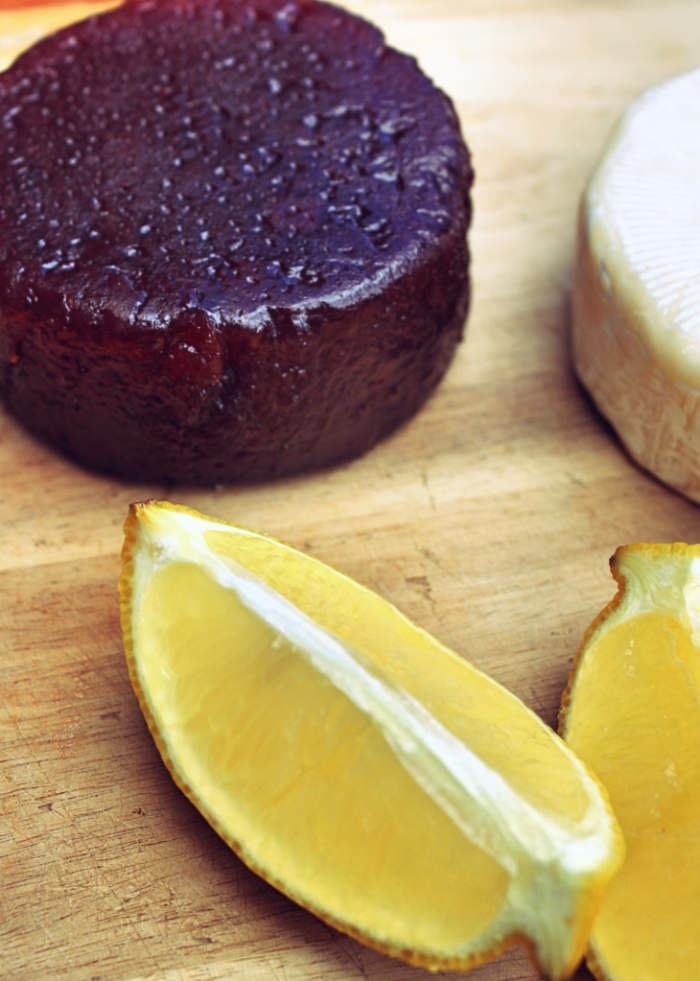
A round of quince paste which I set in an oiled ramekin, dried slowly in the oven as for the slabs of quince paste, and then covered with a jam cover. To turn out run a sharp knife around the edge of the ramekin and tip out. If the oil has solidified you can dip the ramekin in hot water for a couple of seconds to loosen it.
The Redaction
Genoese Quince Paste
750g quinces
750g peaches
Sugar (equal to the weight of fruit pulp)
Rosewater
1. Wash the quinces well and place in a large saucepan. Cover them in water and boil on high for 40 mins- 1hr or until very soft and well-cooked but not falling apart. Leave them submerged in water while they, this makes them much easier to peel.
2. Peel the peaches and remove the stones, then cut them into quarters. Boil with a couple of teaspoons of water until very soft. Mash them with a potato masher until smooth.
3. When the quinces are cool enough to handle gently remove the skins. Most of it will peel off easily, but in some areas you may need to scrape with a knife. Quarter the fruit and remove the cores. Mash the quinces and combine with the peach pulp.
4. Weigh the combined pulps and place in a saucepan with an equal amount of sugar. Add a little rosewater (the amount will depend on how strong you want it to taste, I added about 2 tablespoons) to help the sugar dissolve. Bring to the boil and cook over medium heat for about 3 hours or until a spoon drawn across the bottom of the pan leaves a clear path. Be careful not to let the bottom of the mixture burn.
5. Line a baking tray or slice pan with baking paper which comes up over the sides of the tray and grease with a little spray oil. Pour the mixture into the pan and cook in a cool oven, about 150˚C for 15 mins. Turn the oven off but leave the pans in for another 15 mins then repeat, cooking for 15 mins and cooling for 15 mins until the paste seems dry and not too sticky, about 1-2 hrs in total.
6. Let the paste cool then lift it out using the long sides of the baking paper. Cut into slabs to serve with cheese or small cubes which can be rolled in sugar.

Squares of Quince Paste (these were a little too big given the sweetness of the paste)
The Recipe: To make Paste of Genua, as they do beyond the seas from ‘A Daily Exercise for Ladies and Gentlewomen’ by John Murrell (available at this website)
The Date: 1617
How did you make it? See above.
Time to complete?: 5-6 hrs
How successful was it?: It was very, very sweet but tasty with sharp cheese. I think that it was probably more accurate to serve in small bites, rolled in sugar but they were too sweet for my taste.
How accurate?: Unfortunately as I said, I didn’t read the instructions closely enough and so I didn’t cook the sugar and rose-water before adding the fruit pulp. This may have had an impact on the cooking time, and perhaps also the texture of the paste, but it was very tasty nonetheless. I was also really happy that it turned such a dark colour, especially given my previous problems with getting the quinces to change colour. One of the other problems I had with the recipe was exactly how to prepare the peaches e.g. whether to take very ripe peaches and mash them raw or whether to cook them first. In the end the peaches I had were far to firm to make a smooth pulp without being cooked, so the choice was made for me. Murrell may also have meant to cook them whole like the quinces, but it seemed easier to remove the skins and cores first because I could then mash them as they cooked.
Further reading:
C. Anne Wilson’s The Book of Marmalade, Prospect Books, 2010
A collection of historical quince recipes http://www.historicfood.com/Quinces Recipe.htm
Modern info about quinces (with an interesting reference to quince hair gel) https://food52.com/blog/5696-down-dirty-quince
[1] C. Anne Wilson, The Book of Marmalade (Great Britain: Prospect Books, 2010), 16.
[2] Rutilius Taurus Aemilianus Palladius and Thomas Owen, The Fourteen Books of Palladius Rutilius Taurus Æmilianus, on Agriculture (J. White, 1807), 296.
[3] Wilson, The Book of Marmalade, 140.
[4] Two Fifteenth-Century Cookery-Books : Harleian MS. 279 (ab 1430), & Harl. MS. 4016 (ab. 1450), with Extracts from Ashmole MS. 1439, Laud MS. 553, & Douce MS. 55 / Edited by Thomas Austin, 1999, http://name.umdl.umich.edu/CookBk.
[5] Thomas Dawson, The Second Part of the Good HUs-Wifes Jewell (London: Printed by E. Allde for Edward White, 1597), 46–47.
[6] Elizabeth Field, Marmalade: Sweet and Savory Spreads for a Sophisticated Taste (Running Press, 2012), 25.
[7] John Murrell, A Daily Exercise for Ladies and Gentlewomen (London: Printed for the widow Helme, 1617), B2.
Bibliography
Dawson, Thomas. The Second Part of the Good HUs-Wifes Jewell. London: Printed by E. Allde for Edward White, 1597.
Field, Elizabeth. Marmalade: Sweet and Savory Spreads for a Sophisticated Taste. Running Press, 2012.
Murrell, John. A Daily Exercise for Ladies and Gentlewomen. London: Printed for the widow Helme, 1617.
Palladius, Rutilius Taurus Aemilianus, and Thomas Owen. The Fourteen Books of Palladius Rutilius Taurus Æmilianus, on Agriculture. J. White, 1807.
Two Fifteenth-Century Cookery-Books : Harleian MS. 279 (ab 1430), & Harl. MS. 4016 (ab. 1450), with Extracts from Ashmole MS. 1439, Laud MS. 553, & Douce MS. 55 / Edited by Thomas Austin, 1999. http://name.umdl.umich.edu/CookBk.
Wilson, C. Anne. The Book of Marmalade. Great Britain: Prospect Books, 2010.














 It’s quite amazing, how regularly historical recipes will prove you wrong. So often I think that a recipe will just never work, and it’s so tempting to “fix” it by using modern techniques. Once again, however, this 17th century recipe for a Christmas plum tart shows what great results you can get by following the instructions as they are.
It’s quite amazing, how regularly historical recipes will prove you wrong. So often I think that a recipe will just never work, and it’s so tempting to “fix” it by using modern techniques. Once again, however, this 17th century recipe for a Christmas plum tart shows what great results you can get by following the instructions as they are.





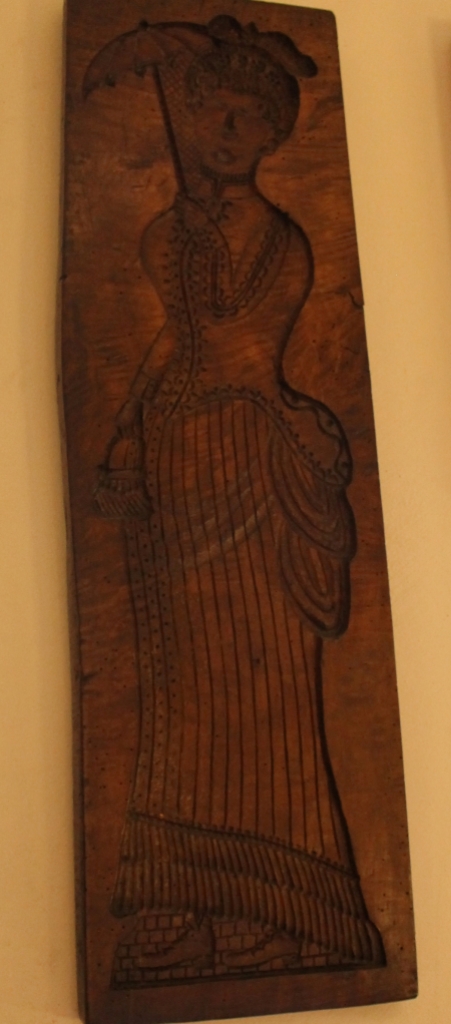
![George Flegel, Still Life with Bread and Confectionary, 17th century, [Public Domain] via Wikimedia Commons. Here you can see comifts, spices which have been covered in layer after layer of sugar, wine and a moulded biscuit, perfect for rounding off the meal.](https://turnspitandtable.files.wordpress.com/2014/11/george_flegel_still-life_with_bread_and_confectionary.jpg?resize=700%2C892)

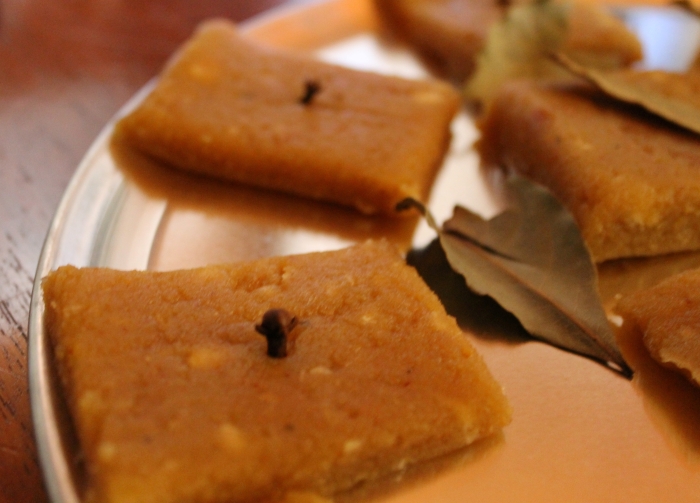



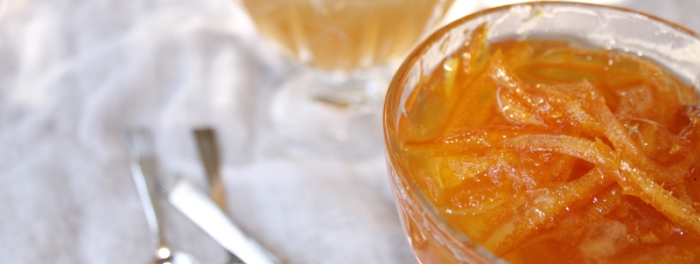
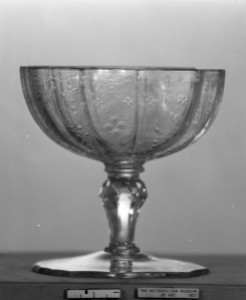
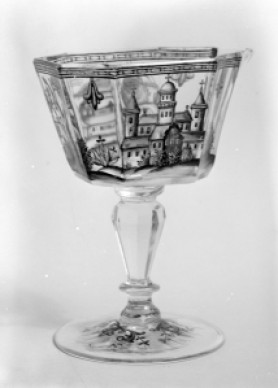
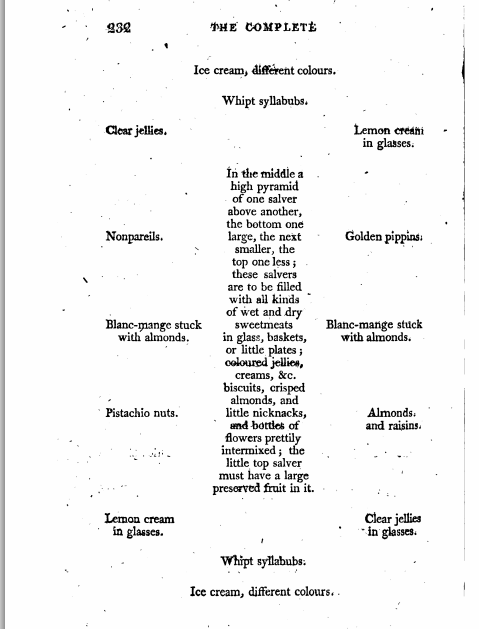
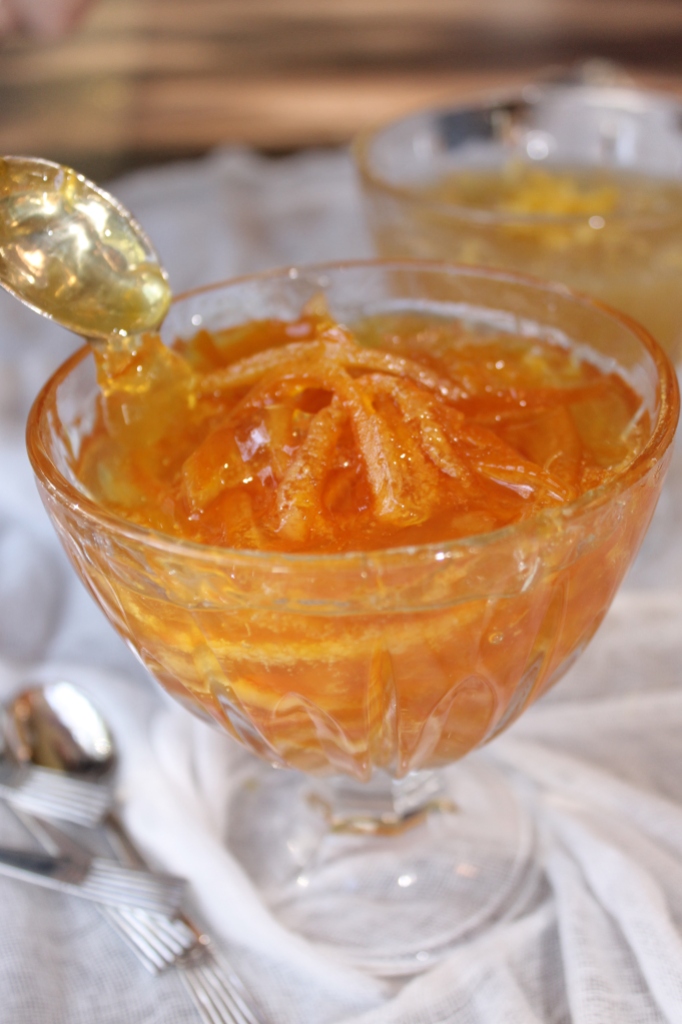
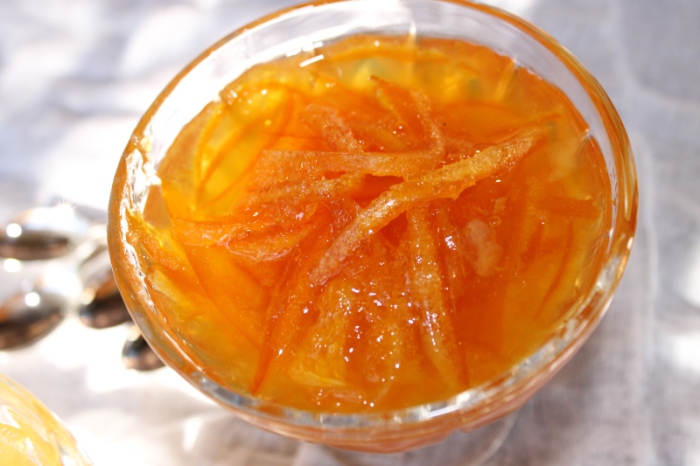
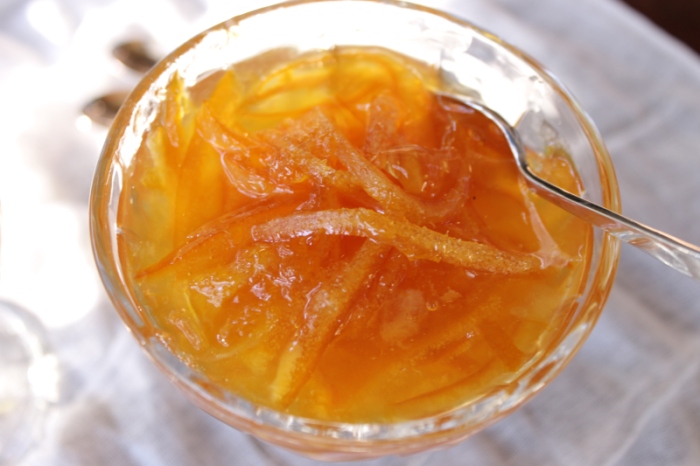


![Georg Flegel, Still-life with Parrot, c. 1630. Georg Flegel [Public domain], via Wikimedia Commons. The round box at the front of the painting contains a dark fruit paste.](https://turnspitandtable.files.wordpress.com/2014/07/flegel_georg_-_still-life_with_parrot-c-1630.jpg?w=800&resize=700%2C788)
![Osias Beert, Dishes with Oysters, Fruit and Wine c. 1620-25. Georg Flegel [Public domain], via NGA. This painting shows a lighter fruit paste in the round box to the right of the image. It could be a different fruit like apricot, apple or pear or maybe a combination.](http://turnspitandtable.files.wordpress.com/2014/07/osias-beert-dishes-with-oysters-fruit-and-wine-c-1620-25.jpg?w=800&resize=700%2C504)



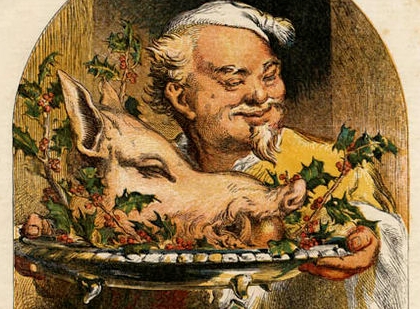
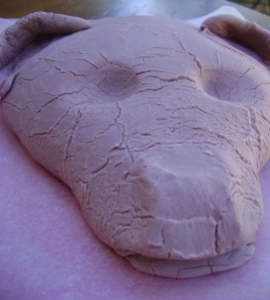


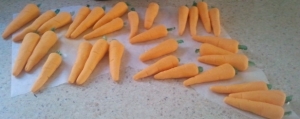

![See the swan pie on the table to the left? That's a subtletie. David Teniers the Younger [Public domain], via Wikimedia Commons](https://turnspitandtable.files.wordpress.com/2014/06/1024px-david_teniers_the_younger-kitchen_scene.jpg?w=800&resize=700%2C503)
![Detail from Leandro Bassano's Allegory of the Element Earth, c.1580. The marchpane in the centre of the table looks like it has been decorated with ragged comfits, small seeds coated in layers of sugar and used to aid digestion after dinner. Leandro Bassano [Public domain or Public domain], via Wikimedia Commons](https://turnspitandtable.files.wordpress.com/2014/06/detail-from-leandro-bassanos-allegory-of-the-element-earth.jpg?resize=700%2C433)
